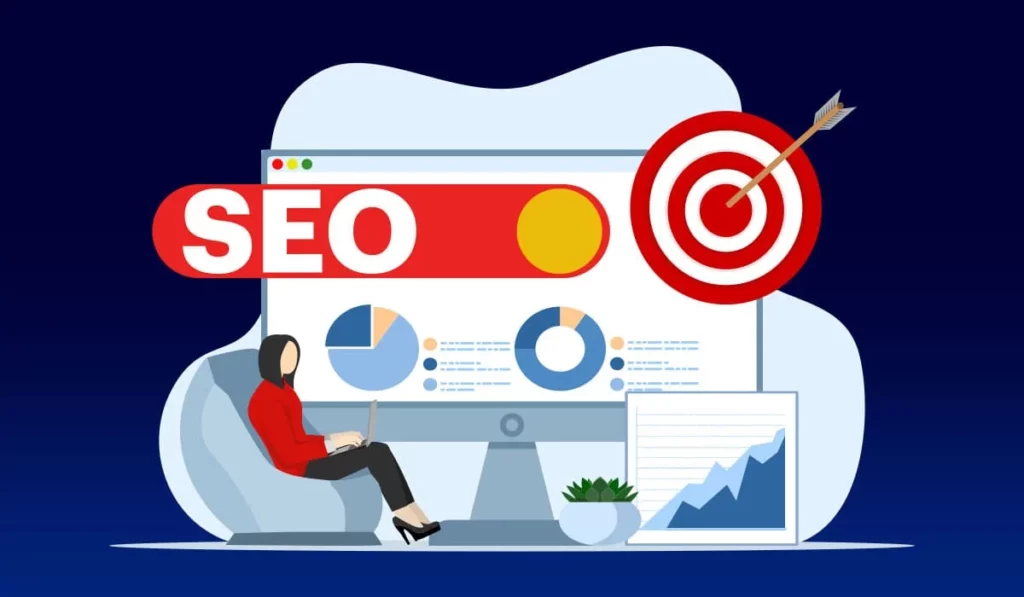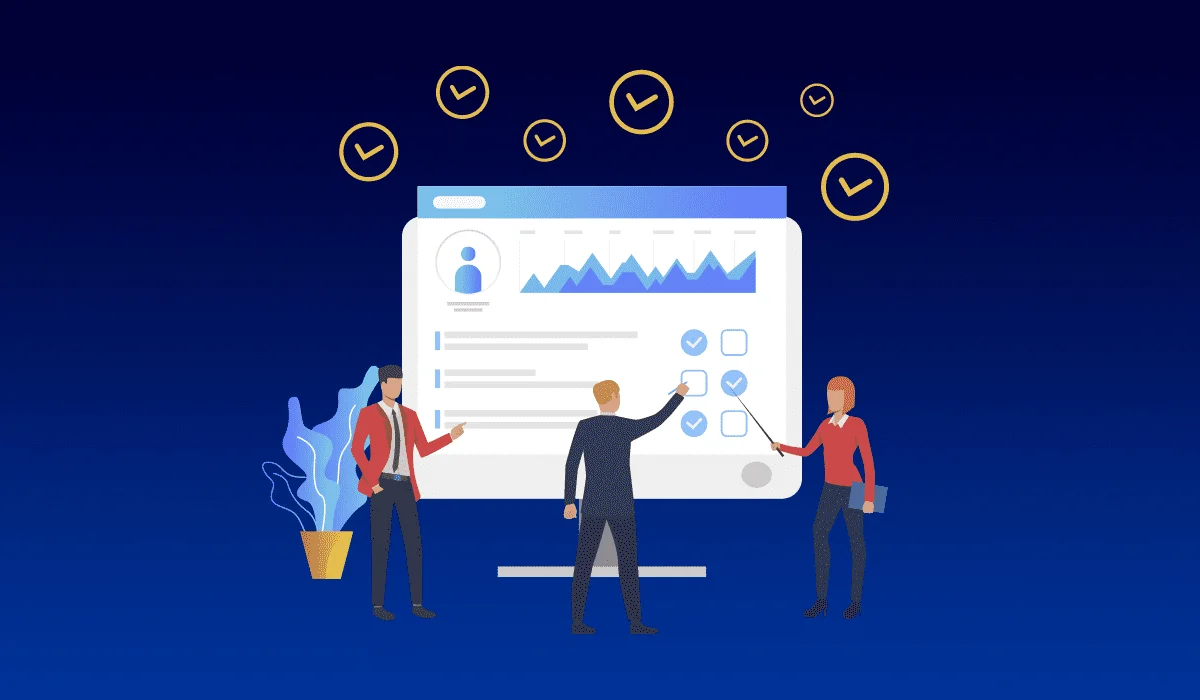Mastering Header Tags to Boost Your Website’s Readability and SEO
14 May 2024
With the shrinking attention spans and fierce online visibility competition, people are now focused on effective content organization.
It is crucial for user experience and search engine optimization (SEO) and one powerful technique to achieve this is the proper use of header tags.
These HTML elements not only enhance the readability of your website but also play a vital role in helping search engines understand the structure and relevance of your content.
In this blog, we’ll let you know the importance of header tags and explore best practices for using them to their fullest potential.

What’s Ahead
What Are Header Tags?
Header tags, also known as heading tags, are HTML elements that define the hierarchy and structure of content on a web page.
They range from H1 to H6, with H1 being the highest level and H2 being the lowest.
These tags are primarily used to differentiate sections of content, making it easier for humans and search engines to navigate and understand the information presented.
What is the Purpose of Heading Tags?
The importance of header tags lies in their ability to serve purposes like:
Improved User Experience
Header tags play a crucial role in enhancing the readability and scannability of your content.
By breaking down your content into logical sections with descriptive headings, you provide users with a visual guide that allows them to quickly identify the main topics and subtopics covered on the page.
This organized structure makes it easier for visitors to find the information they’re looking for, reducing bounce rates and increasing engagement.
Search Engine Crawlers and Indexing
Search engines like Google heavily rely on header tags to understand the structure and relevance of your content.
When their crawlers analyze your website, they use the hierarchy established by header tags to determine the importance and context of each section.
This information is then used to rank your pages in search results based on relevance and user intent.
Keyword Optimization and Relevance
Another key importance of header tags lies in their ability to optimize your content for specific keywords.
By strategically incorporating relevant keywords into your headings, you signal to search engines what your content is about, increasing the chances of ranking higher for those keywords.
However, it’s important to strike a balance and use keywords naturally, avoiding keyword stuffing, which can harm your SEO efforts.
Best Practices for Using Header Tags
When it comes to optimizing your website’s content for search engines and user experience, using header tags effectively is essential.
Understanding the importance of header tags can help you implement the best practices that enhance the overall quality and performance of your website.
Here are some best practices to keep in mind:
Use a Logical Hierarchy
Follow a logical structure when using header tags.
Ensure that your header tags follow a logical hierarchy, with H1 representing the main topic of the page, followed by H2 for subtopics, H3 for sub-subtopics, and so on.
This hierarchical structure can help users and search engines understand the relationship between different sections of your content.
Keep It Concise and Descriptive
Each header tag should be clear, concise, and accurately describe the content that follows.
Avoid using unclear or ambiguous headings, as they can confuse readers and fail to convey the relevance of your content to search engines.
Always try to use short headings to effectively convey the main message of your content to users.
Include Relevant Keywords
While maintaining a natural flow, incorporate relevant keywords into your header tags whenever possible.
This practice helps search engines understand the context and relevance of your content, potentially improving your rankings for those keywords.
Optimize for Mobile
With the increasing prevalence of mobile browsing, it’s crucial to ensure that your header tags are optimized for smaller screens.
Keep your headings concise and easy to read on mobile devices.
Make sure your headings are responsive and display correctly on different screen sizes.
Heading Tag Breakdown
Now, let’s find out the significance of each heading tag, ranging from H1 to H6, and thoroughly examine the importance of these header tags in optimizing content.
H1 Tag
The H1 tag serves as the primary heading on your page and should only appear once.
This tag outlines the main topic or title of your content, offering a concise summary of what your page covers.
Its critical role lies in enhancing both SEO and readability, providing users and search engines with a clear understanding of the page’s main focus.
H2 Tag
H2 tags serve as subheadings under the main H1 heading, dividing your content into different sections.
Use H2 tags to introduce new topics or segments within your content.
H3 Tag
H3 tags are subheadings under H2 tags, further breaking down your content into smaller sections.
They help readers to go through the detailed information easily and it also enhances the structure of your page.
H4 Tag
The H4 tags are often used for sub-subsections or specific details within the H3 sections.
They help create a clear hierarchy and make it easier for users to understand the longer pieces of content.
H5 and H6 Tags
H5 and H6 tags are used for additional subsections within your content, with H6 being the least prominent among them.
Utilize these tags when necessary to provide a more detailed breakdown of your content.
Header Tags: A Key Element for Maximum Website Impact
Mastering the use of header tags is crucial for enhancing your website’s readability and SEO.
By following best practices, creating a logical hierarchy, and optimizing your headings, you can effectively communicate the content’s significance to users and search engines.
Proper use of header tags creates a logical and intuitive structure for your content, helping users in navigation and helping search engines understand your pages’ relevance and context.
Remember, the importance of header tags extends beyond just formatting – they are essential tools for improving user experience, boosting SEO, and ultimately driving more traffic to your website.
So, start implementing these strategies today and see the positive impact on your online presence!
Latest Post

5 Do’s and Don’ts When It Comes To SEO
 18 Sep 2023
Readmore
18 Sep 2023
Readmore
Want to learn more about the digital marketing service we provide?
Contact Us to Get Started!




